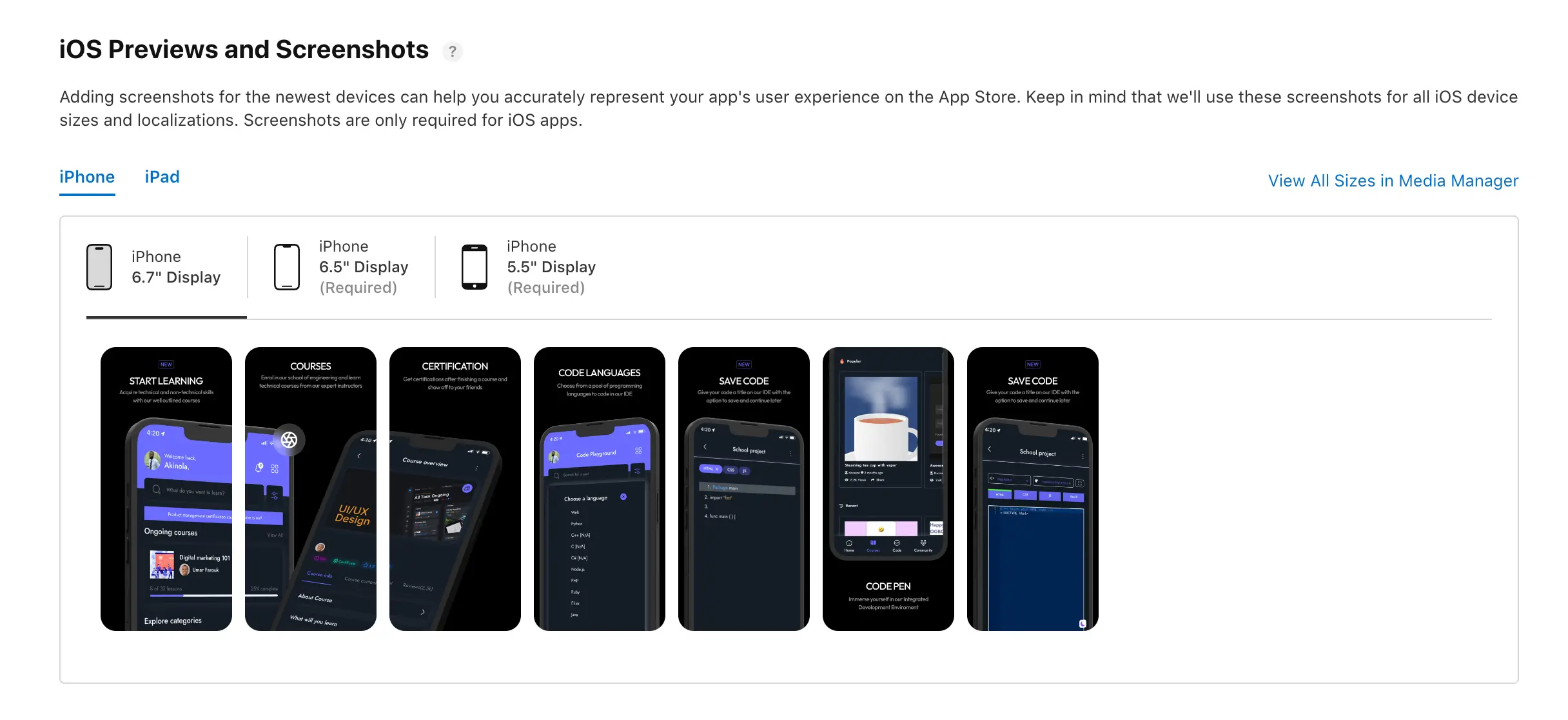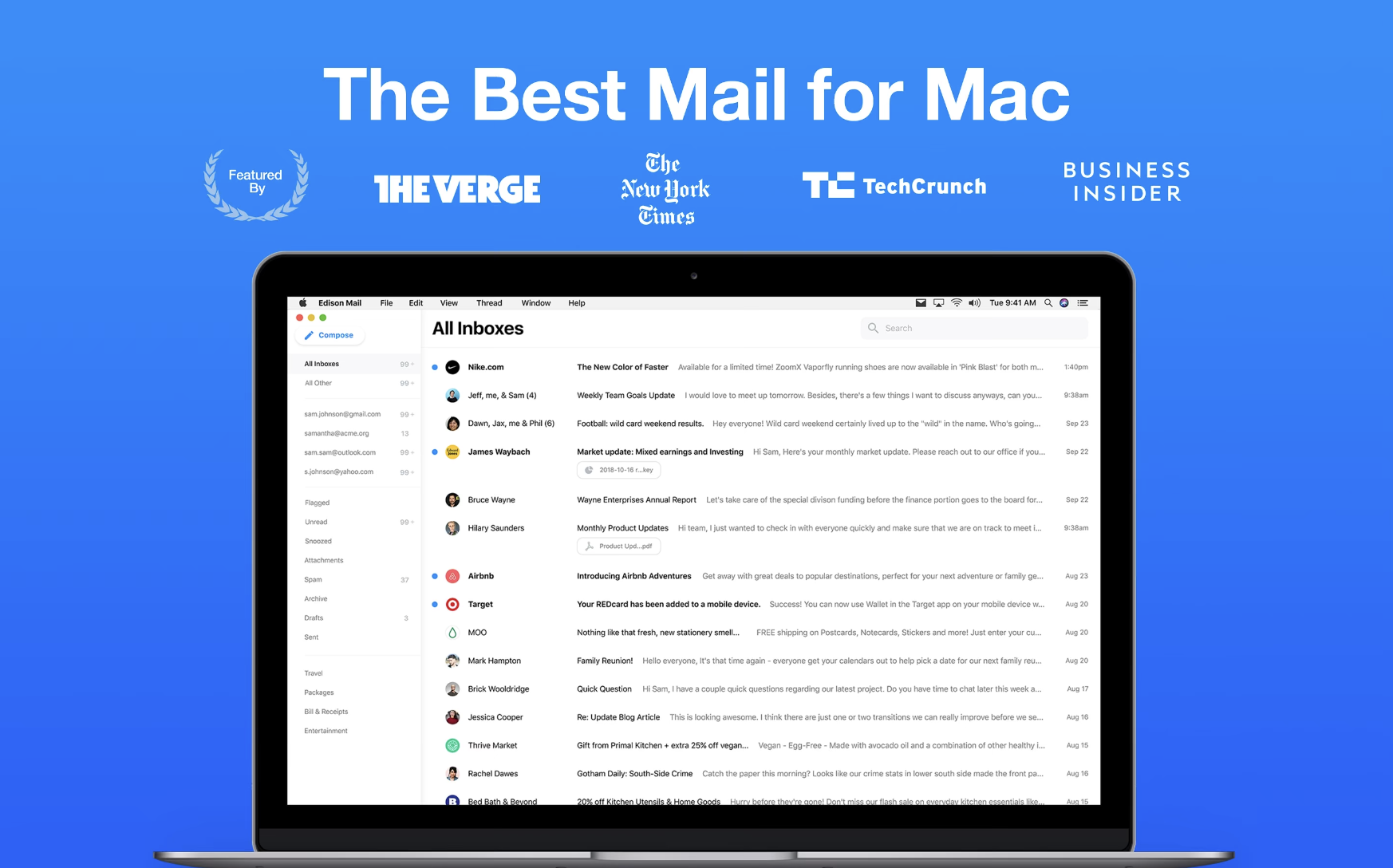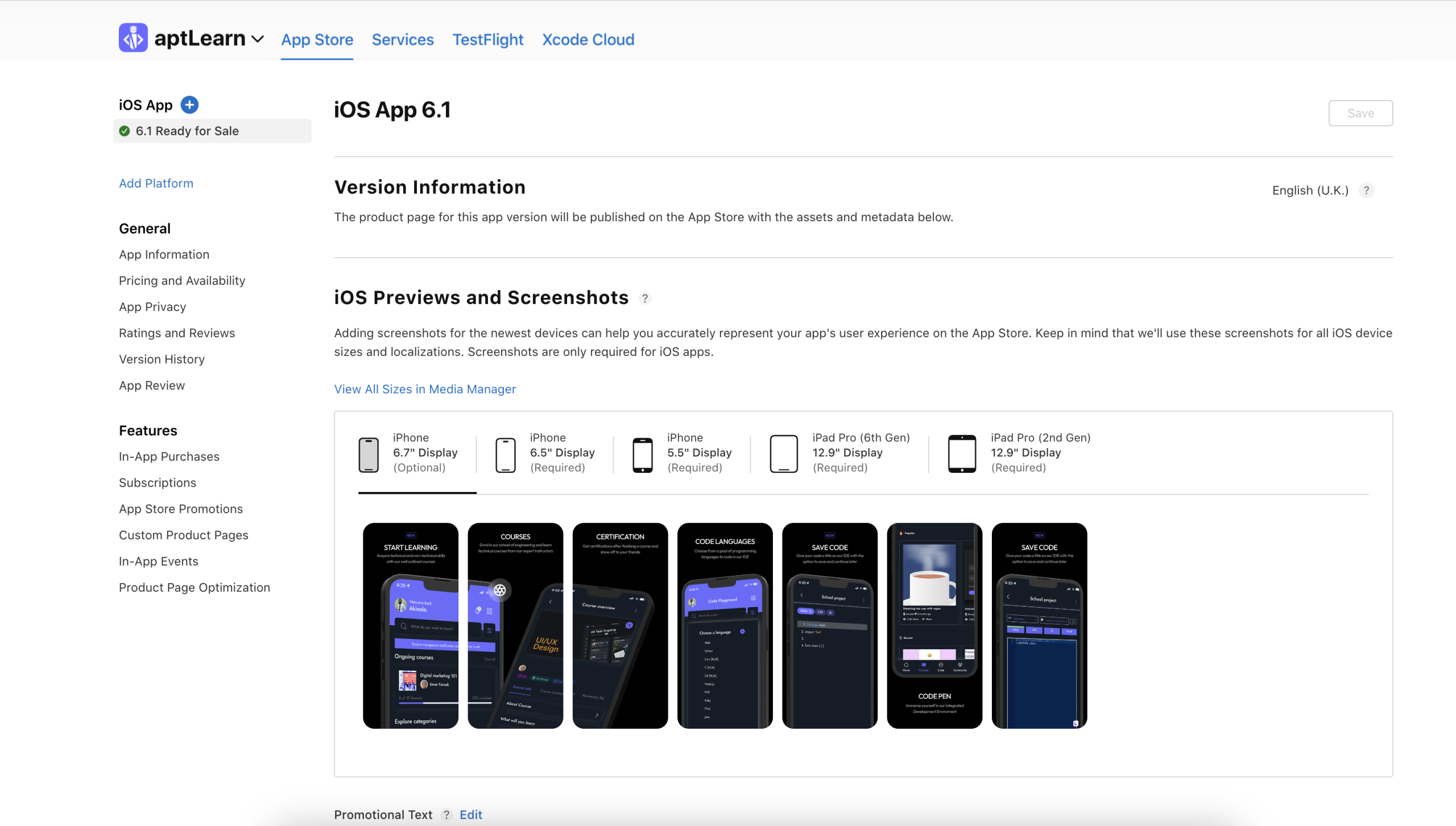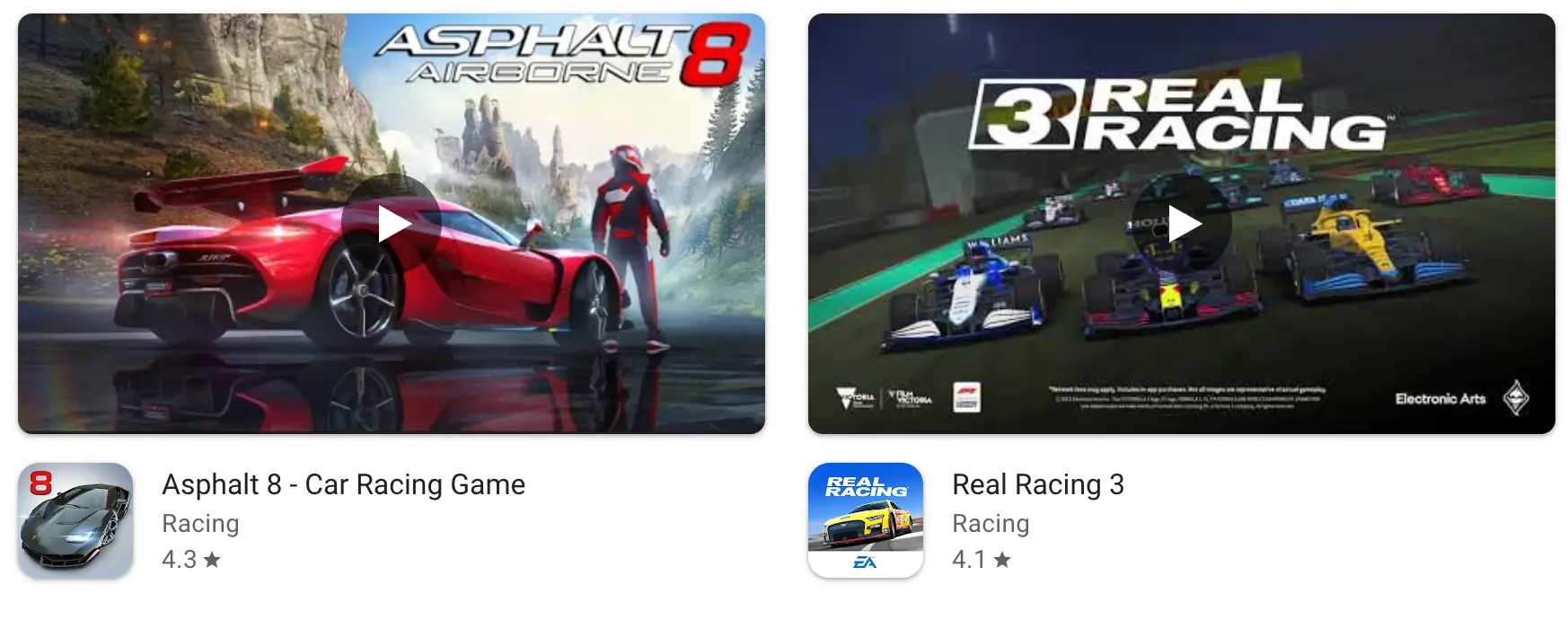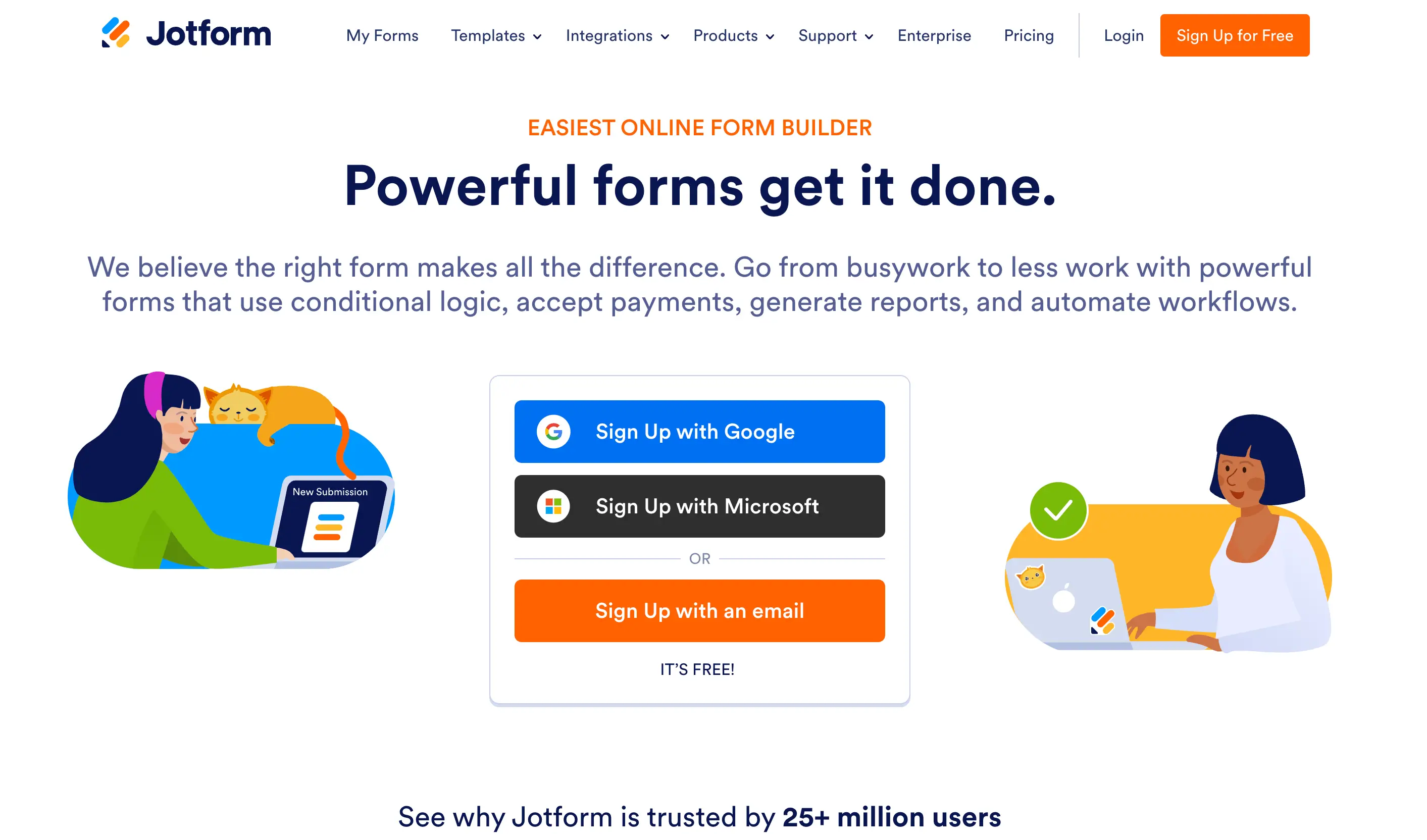Amazon has offered video streaming services under different names and models over the years. Originally launched in 2006 as Amazon Unbox, the service initially allowed customers to purchase and rent digital videos to download to their computer.
In 2008, this expanded into a streaming video service called Amazon Video on Demand. The on-demand streaming service was made available as part of Amazon’s Prime membership program in 2011 under the name Amazon Instant Video. This allowed Prime members to stream videos at no additional cost.
👉🏾 Other Swiftspeed Users also read: The Great Mobile OS Debate Between Android and iOS users
Over time, Amazon continued enhancing its video offering, adding more app content and supported devices. Then, in September 2015, Amazon announced that the service would be rebranded as simply Prime Video to tie it more directly to Prime membership.
So, while Amazon’s video services have existed for over 10 years under different names, Prime Video, as it’s known today, really emerged in 2015 as the consolidated streaming video offering for Prime members.
Amazon Instant Video – The Predecessor to Prime Video
Amazon Instant Video launched in 2011 as a video-on-demand service separate from its Amazon Prime membership. The service allowed Amazon customers to rent or purchase movies and TV shows to stream instantly on internet-connected devices.

At launch, Amazon Instant Video offered tens of thousands of titles to buy or rent, significantly fewer than competitors like Netflix. However, it offered newer releases not available on subscription services. Customers could pay per title or purchase a video library subscription.
Amazon Instant Video was available on computers, select TVs with internet connectivity and Kindle Fire tablets. Over time, support for game consoles, streaming devices like Roku, and smart TVs was added.
The Amazon Instant Video app provides basic playback controls and support for features like subtitles and multiple audio tracks. Viewing recommendations were tailored based on past purchases and rentals.
While Amazon Instant Video started small in scope compared to rivals, it laid the groundwork for Prime Video’s expansion years later by demonstrating Amazon’s potential in the streaming video space. The rental and purchasing model also generated revenue for Amazon and content providers.
The Rebranding to Prime Video
In early 2016, Amazon rebranded its streaming video service from Amazon Instant Video to Prime Video. This rebranding signified Amazon’s intent to make its video service a major competitor in the streaming space against services like Netflix and Hulu.
The rebranding also coincided with some new features added to the service. Prime Video introduced offline viewing, allowing users to download movies and shows to watch when internet access is limited. They also greatly expanded their content offerings, with new licensing deals adding major shows and movies. Exclusives were also added, with critically acclaimed series like Transparent produced specifically for Prime Video. These additions made the service more competitive, with an expanded catalogue to rival other premium services.
Overall, the rebranding to Prime Video signalled Amazon’s commitment to be a top player in the streaming video landscape. By renaming their service and enhancing content and features, they sought to entice new users and better compete against alternatives like Netflix or Hulu. The rebranding marked a new focus and direction for Amazon’s streaming efforts.
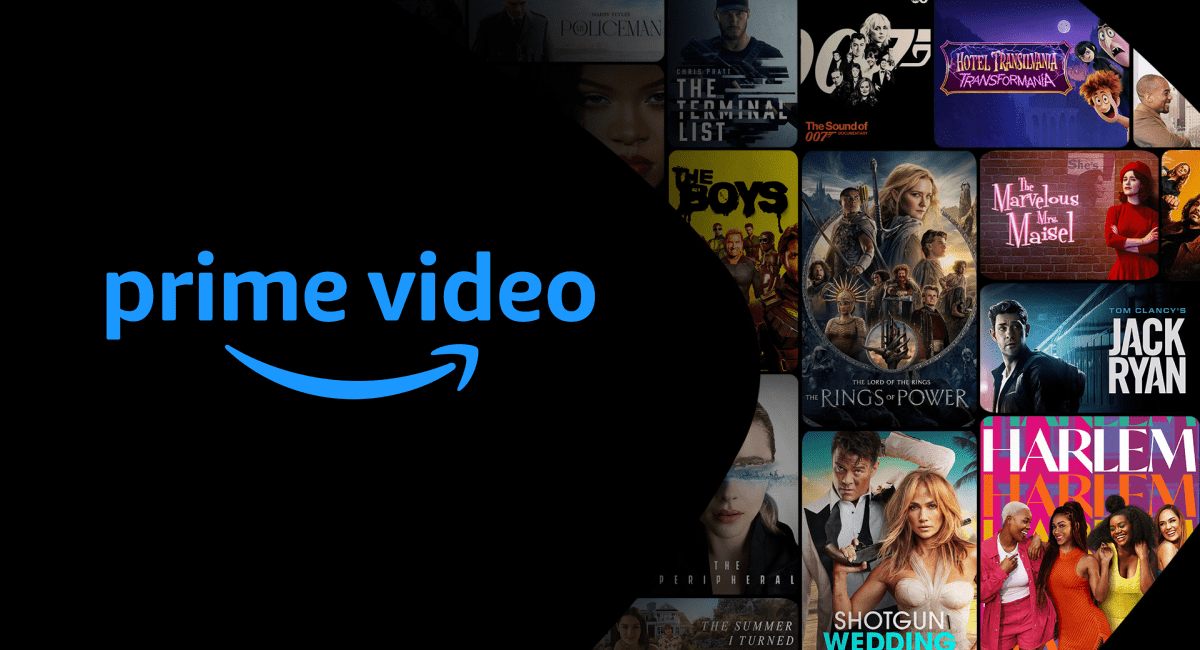
Differences Between the Services
Prime Video and Amazon Instant Video are very similar services in concept, but there are some key differences between the two:
| Feature | Prime Video | Amazon Instant Video |
|---|---|---|
| Membership Requirement | Requires a Prime membership ($99/year or $12.99/month) | No membership required; available to all Amazon customers |
| 4K and HDR Streaming | Streams select titles in 4K and HDR | Does not offer titles in 4K or HDR |
| Library Size | Approximately 17,000 titles | Roughly 6,000 titles |
| Offline Downloads | Allows offline downloads for viewing without internet access | Does not offer offline downloads |
This table summarizes the key differences between Prime Video and Amazon Instant Video, highlighting membership requirements, streaming quality, library size, and the availability of offline downloads. In full explanation:
- Prime Video requires a Prime membership, while Instant Video does not. All Amazon customers can access and purchase or rent titles from Instant Video, but Prime Video is only available to those with a $99/year or $12.99/month Prime membership. So Prime Video offers everything Instant Video does but with more convenience and benefits solely for members.
- Prime Video streams select titles in 4K and HDR, while Instant Video does not. Prime Video has invested in offering a higher quality viewing experience for select movies and shows, streaming in ultra HD 4K resolution with High Dynamic Range (HDR). Instant Video does not offer any titles in 4K or HDR.
- Prime Video includes more titles overall in its library compared to Instant Video. As Amazon’s premium video service for members, Prime Video has licensed and produced a larger catalog of videos. Estimates put Prime Video’s library at around 17,000 titles compared to Instant Video’s roughly 6,000.
- Prime Video allows offline downloads for offline viewing, but Instant Video does not have this feature. Prime members can download titles to mobile devices like tablets and phones to watch when internet access is limited, like on planes or other transit. This helpful feature is not available with the Instant Video service.
Prime Video builds on Instant Video by adding more content, higher streaming quality options, and offline viewing for Prime members. But Instant Video is still worthwhile for Amazon customers who don’t need those extra benefits or aren’t ready to commit to a Prime membership. Both services provide large on-demand libraries useful in different circumstances.
Build Amazon or Prime Video Kind of apps with Swiftspeed
Thanks to our user-friendly app builder, you can create premium apps without writing a single line of code. Build sophisticated apps deplorable on Android and iOS.
Supported Devices
Both Prime Video and Amazon Instant Video are available on a wide range of devices, making the services easily accessible to users.
Some of the major supported devices include:
- Amazon Fire TV and Fire TV Stick
- iOS and Android devices
- Smart TVs from LG, Samsung, Sony and others
- Game consoles like PlayStation, Xbox
- Roku
- Apple TV
- Chromecast
- Blu-ray players
- Web browsers
The app is available both for mobile on iOS and Android and can also be accessed via web browsers on a computer. This makes it easy to watch content on the go, on tablets and phones, or on a bigger screen at home through streaming devices or smart TV integration.
👉🏾 Other Swiftspeed Users also read: How to make money from apps Using Fremium app monetization
Prime Video is focused on being widely available across platforms for an optimal viewing experience. The service can be viewed on screens, both small and large. With support across leading mobile and TV platforms, users can pick up watching where they left off when switching between devices. This cross-device accessibility makes it easy to enjoy Prime Video in the comfort of your home or on the move.
Content and Original Programming
Amazon Prime Video has an extensive content library with thousands of popular movies and TV shows available to stream on-demand. The service licenses a wide selection of films and series from major Hollywood studios like Paramount, Lionsgate, Warner Bros., and more. You can find both newer releases and classic and critically acclaimed titles.
Some of the most popular shows and movies available on Prime Video include:
- Bosch
- The Boys
- The Marvelous Mrs. Maisel
- Fleabag
- Good Omens
- The Man in the High Castle
- Jack Ryan
- The Grand Tour
- The Americans
- Mr. Robot
- Vikings
- Downton Abbey
- Outlander
- Suits
- Homecoming
- The Big Sick
- The Hunger Games series
- The Lord of the Rings trilogy
- Transformers series
- Star Trek films
- James Bond films
- Harry Potter films
- Predator films
- Rocky films
In addition to licensed content, Amazon has been investing heavily in developing high-quality original programming exclusively for Prime Video. Some of their most popular and acclaimed original series include:
| Series Title | Genre | Description |
|---|---|---|
| The Marvelous Mrs. Maisel | Comedy | An award-winning comedy series about a 1950s housewife pursuing a career in stand-up comedy. |
| Jack Ryan | Action Thriller | Series based on the Tom Clancy character starring John Krasinski. |
| The Boys | Superhero Drama | Subversive superhero drama that satirizes the genre. |
| Fleabag | Dark Comedy | Series starring Phoebe Waller-Bridge. |
| The Man in the High Castle | Alternate History Drama | About a world where the Axis powers won WWII. |
| Good Omens | Fantasy Comedy | Based on the novel by Neil Gaiman and Terry Pratchett. |
| Bosch | Police Procedural Drama | Based on Michael Connelly’s detective books. |
| The Expanse | Sci-Fi | Set in a colonized solar system. |
| Carnival Row | Neo-noir Fantasy | Starring Orlando Bloom and Cara Delevingne. |
With its growing slate of high-profile originals, Amazon is building Prime Video into a top destination for exclusive, premium content to rival Netflix.
Pricing
Prime Video is included with an Amazon Prime membership, which costs $139 per year or $14.99 per month, the price also varies depending on the country you are accessing the services from. This membership provides access to thousands of movies and TV shows at no additional cost. However, some titles are only available for rental or purchase.
Renting movies on Prime Video typically costs between $3-5USD, and purchases usually range from $10-20USD. The pricing is comparable to renting or buying movies on iTunes or Google Play. Prime members do get discounts on purchases and rentals.
Overall, the “free” access to Prime Video comes at the expense of the annual Prime membership fee. But for avid streamers, the large selection of included titles can make it worthwhile compared to paying a la carte rental and purchase fees. Those who only occasionally stream may find paying for individual rentals more cost-effective.
Pros and Cons of Prime Video
| Aspect | Pros of Prime Video | Cons of Prime Video |
|---|---|---|
| Content Availability | Access to thousands of popular movies and TV shows, with new titles constantly being added. | More limited content library compared to competitors like Netflix. |
| Original Content | Original and exclusive TV series and movies produced by Amazon Studios. | This is included at no extra cost with an Amazon Prime membership, which also provides free fast shipping on Amazon orders, music streaming, and other benefits. |
| Membership Benefits | This is included at no extra cost with an Amazon Prime membership, which also provides free, fast shipping on Amazon orders, music streaming, and other benefits. | We do not think there is a con to getting these benefits as a registered or subscribed member |
| Offline Viewing | Ability to download titles to watch offline on mobile devices. | No offline downloading on many platforms like game consoles and Roku. |
| User Profiles | User profiles allow personalization and separate watch lists for different household members. | None |
| Additional Options | Allows you to rent or buy movies and TV shows not included with Prime. | No option for add-on channels like HBO or Showtime directly within Prime Video. |
| Quality | Provides UHD 4K and HDR content for compatible devices. | Interface and streaming quality not as refined as top competitors. |
| Accessibility | Apps available for major platforms like iOS, Android, Fire TV, Roku, game consoles, and smart TVs for flexible viewing. | There is confusing branding between Instant Video, Prime Video, and Amazon Video. Some titles, especially newer releases, are restricted to certain regions. |
| Branding & Restrictions | None | Confusing branding between Instant Video, Prime Video, and Amazon Video. Regional restrictions on some titles, especially newer releases. |
| Special Features | None | Lacks special features like behind-the-scenes content found on physical media. |
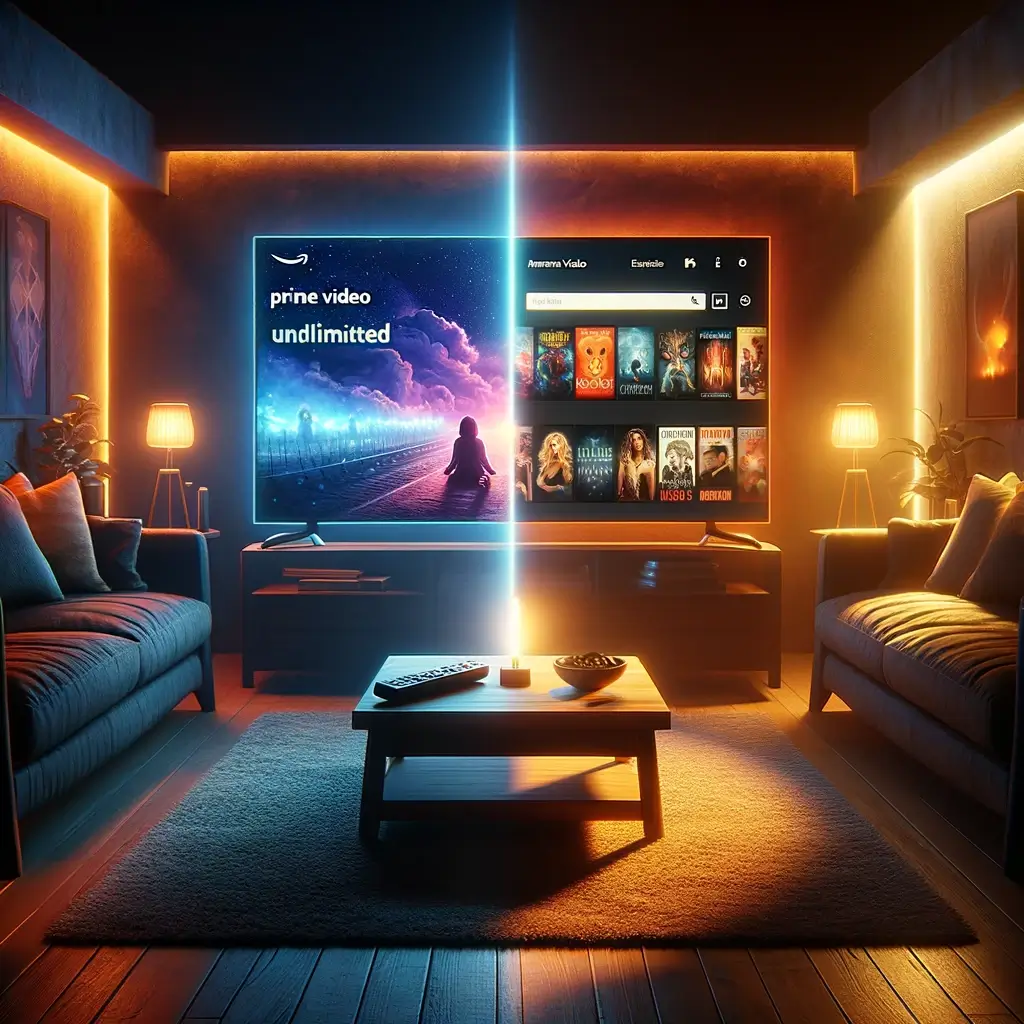
Overall, Prime Video provides excellent value as part of an Amazon Prime membership but still has some drawbacks compared to dedicated streaming video services. The content library and originals are expanding, so it may become more competitive over time. For now, serious movie and TV fans will likely want to supplement with other services.
👉🏾 Other Swiftspeed Users also read: App Name Detailed Guidelines and Best Practices for Success
Comparisons to Netflix and Others
Prime Video stands up well against major competitors like Netflix, Hulu, and HBO Max. Here’s a look at how Prime Video compares:
| Feature | Prime Video | Netflix | Comments on Hulu and HBO Max |
|---|---|---|---|
| Library Size | Around 40,000 titles | Over 200,000 titles | Prime Video’s library is smaller than Netflix’s but is substantial and growing with investments in exclusive content. |
| Original Programming | Rapidly expanding with hits like The Marvelous Mrs. Maisel, The Boys, The Expanse, and Jack Ryan. | Has a larger volume of original content. | Prime Video is committing billions to originals, indicating a strong focus on competing in this area. |
| Prices and Bundling | Comes bundled with Amazon Prime for $139/year, including streaming video, free shipping, and other perks. | Most popular plan costs $15.49/month. | Prime Video offers significant value through bundling with Amazon Prime benefits. |
| Device Support | Wide device availability but lacks support on some platforms like Chromecast. | Available on nearly all platforms. | Netflix has broader device support compared to Prime Video. |
| Offline Viewing | Offers offline downloads. | Offers offline downloads. | Both services provide similar offline viewing features, enhancing convenience for users. |
In the above comparison, we focused on library size, original programming, pricing and bundling, device support, and offline viewing capabilities. While Netflix and HBO Max might have certain advantages, Prime Video offers considerable value, especially when bundled with Amazon Prime benefits. Here is how this can be better explained
Library Size
Prime Video has a library of around 40,000 titles, which is smaller than Netflix’s library of over 200,000 titles. However, Prime Video’s library is quite substantial, and they are investing heavily in exclusive original content to help close the gap.
Original Programming
Prime Video has rapidly expanded its original content. While Netflix still edges it out in terms of volume, Prime Video has several breakout hits, like The Marvelous Mrs. Maisel, The Boys, The Expanse, and Jack Ryan. They are committing billions to originals.
Prices and Bundling
A major advantage Prime Video has is that it comes bundled with an Amazon Prime subscription. For $139 per year, members get streaming video along with free shipping and other Amazon perks. Netflix’s most popular plan now costs $15.49 per month.
Device Support
Netflix has Prime Video beat when it comes to device support. Netflix is available just about everywhere, while some platforms like Chromecast don’t support Prime Video. But Prime Video still has wide device availability.
Offline Viewing
Both services offer offline downloads for watching on planes, subways, or other places without WiFi. The feature sets are very similar.
While services like Netflix and HBO Max might still have some advantages, Prime Video holds its own as a top-tier streaming service, especially when accounting for the value bundled into an Amazon Prime membership.
👉🏾 Other Swiftspeed Users also read: A Complete Guide to Mobile App Development in 2024
Conclusion
Prime Video has come a long way since its early beginnings as Amazon Instant Video. Though it started off as an add-on service for Amazon Prime members, it has grown into a robust streaming offering with a wide selection of licensed and original content.
The key differences between the original Instant Video and today’s Prime Video include:
- Prime Video is now a major focus of Amazon’s streaming strategy, while Instant Video was more of an extra perk
- Prime Video has invested heavily in prestigious, award-winning original programming like The Marvelous Mrs. Maisel and The Boys
- Prime Video is now available on many more devices compared to Instant Video’s more limited access
- There is no longer an option to purchase/rent videos a la carte on Prime Video like there was with Instant Video
In the future, Prime Video will likely continue expanding its content library, with a focus on sought-after exclusives and originals. Amazon is investing billions into content for Prime Video, intent on making it a top competitor to services like Netflix. With Amazon’s vast resources, Prime Video is poised for even more growth, becoming an increasingly important entertainment destination vying for viewers’ time and attention.
The browsing interface and discovery features will also most likely improve over time as Amazon refines the Prime Video experience. Additional interactive and social features may be added as well to make it more engaging. As Prime Video evolves, it will be interesting to see how it measures up to rivals in the streaming landscape. But it is clear that Prime Video will only grow in significance, building on its Amazon Instant Video foundation.

